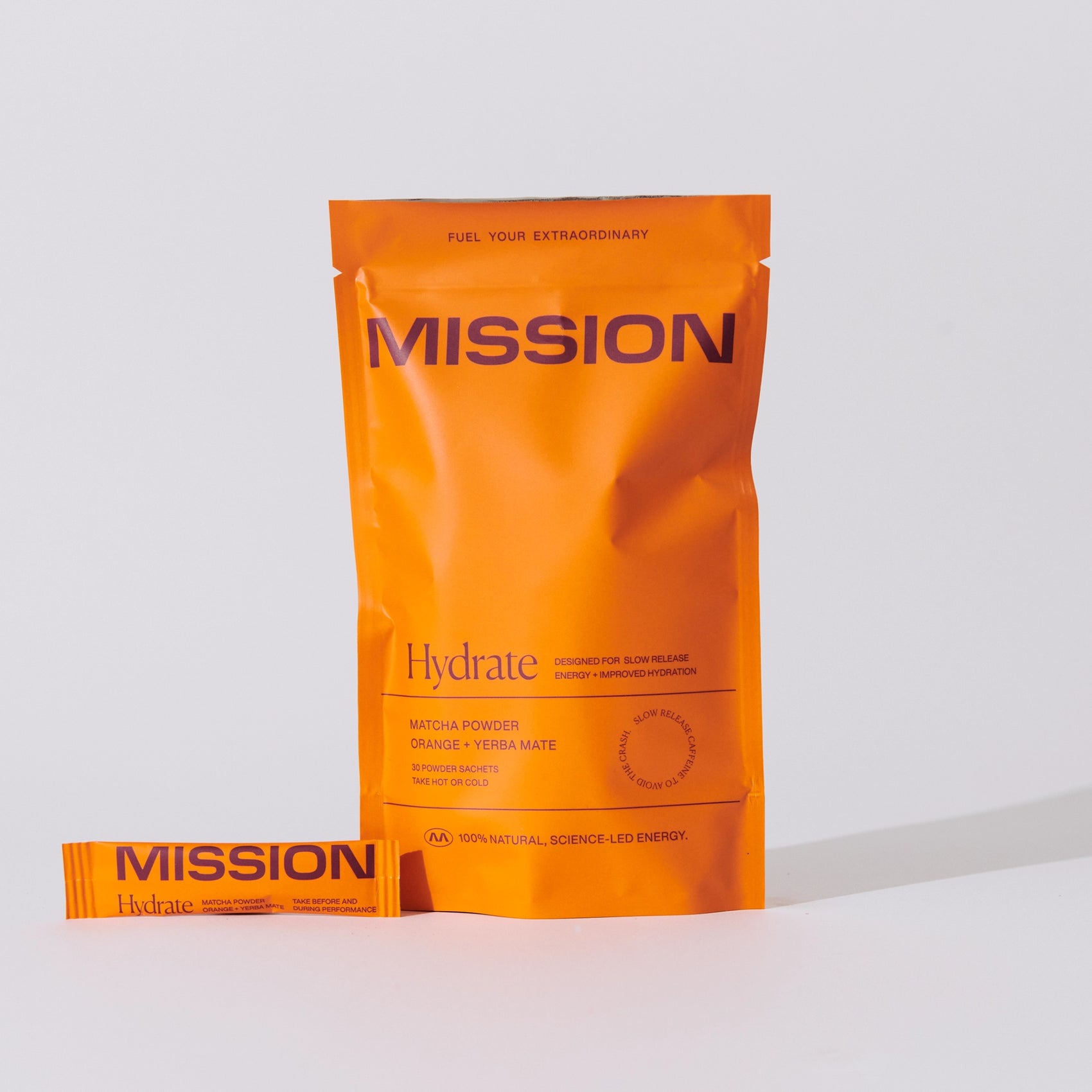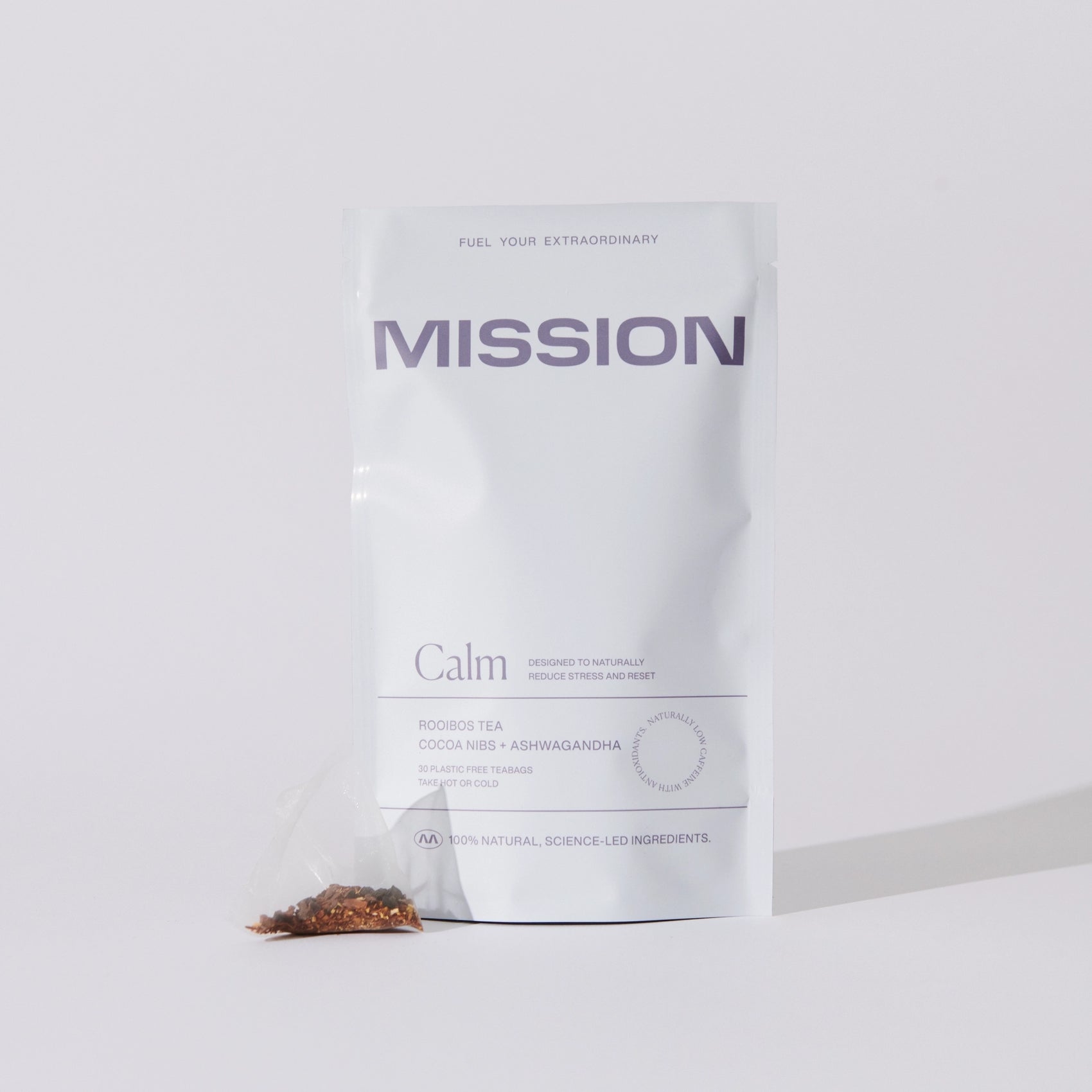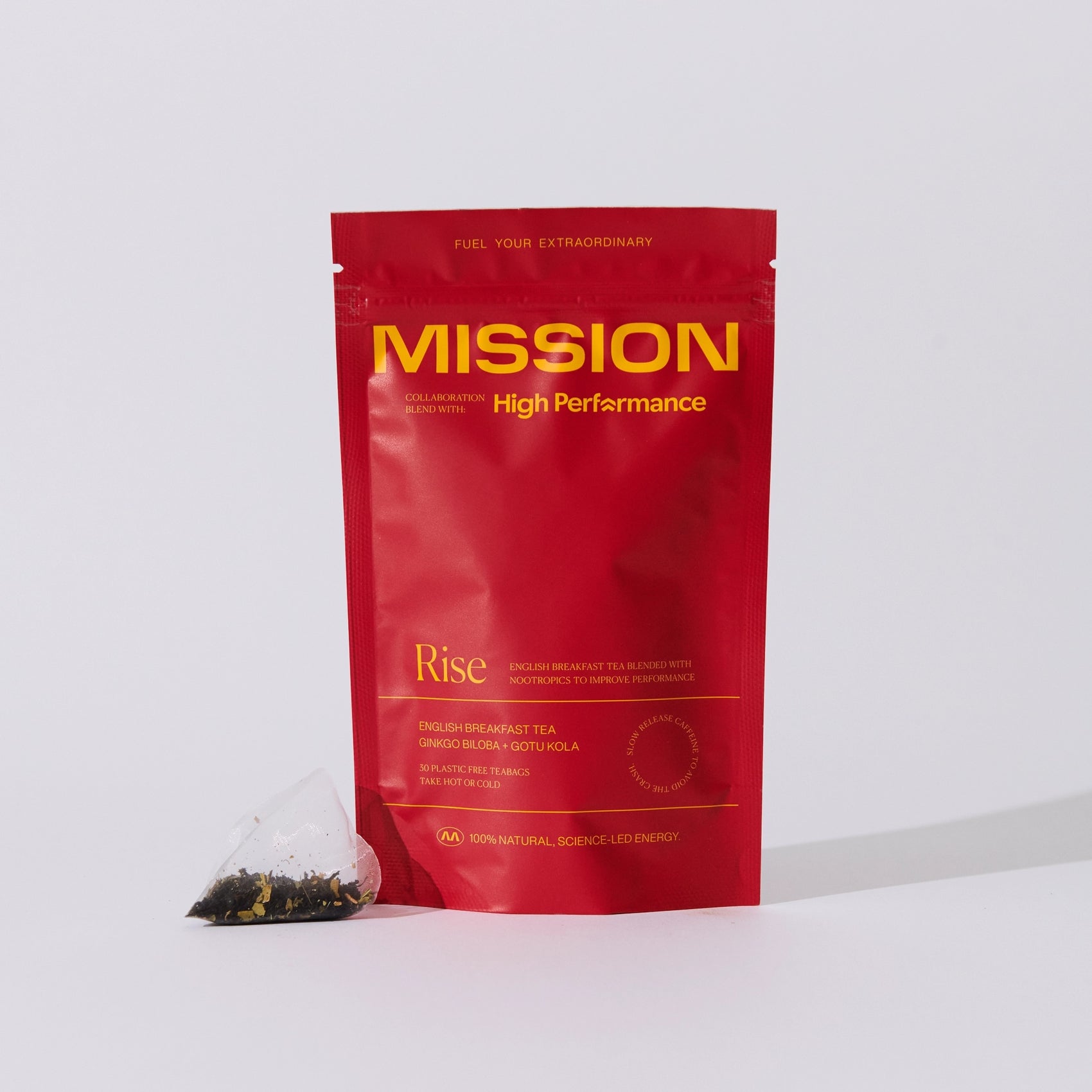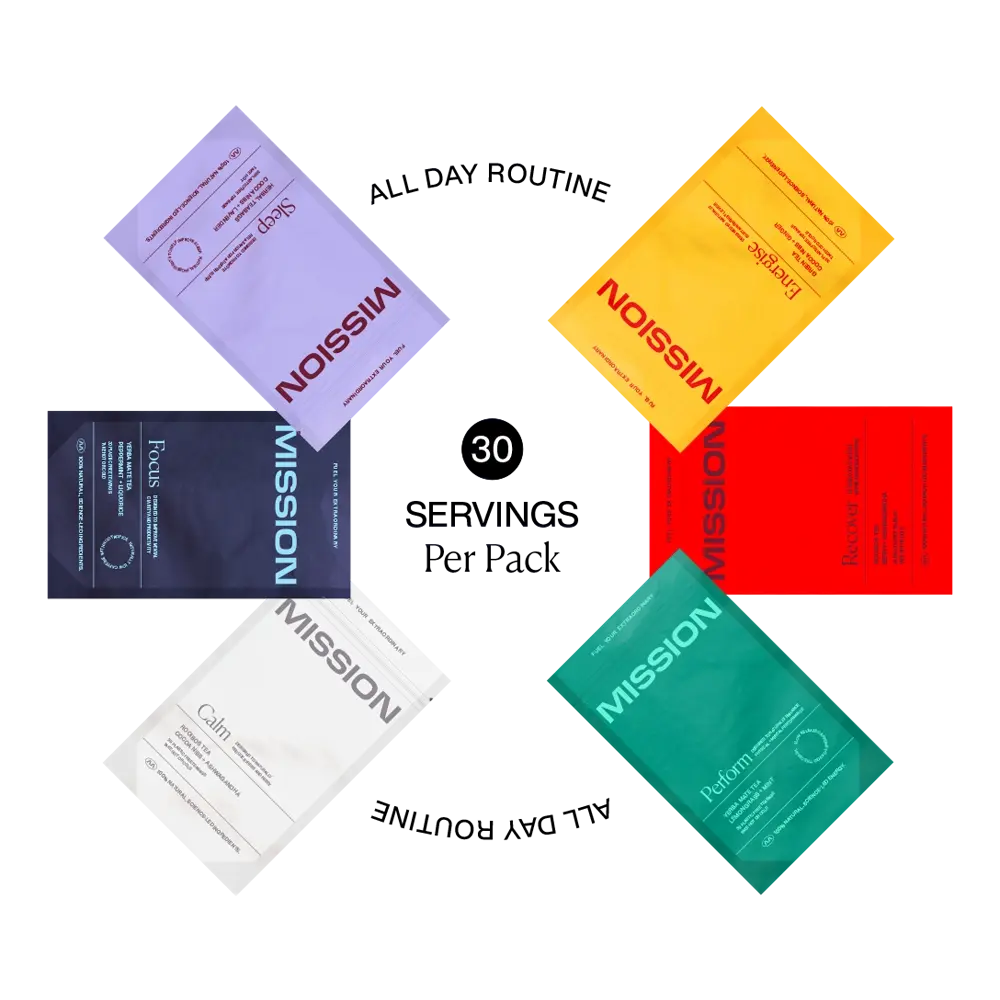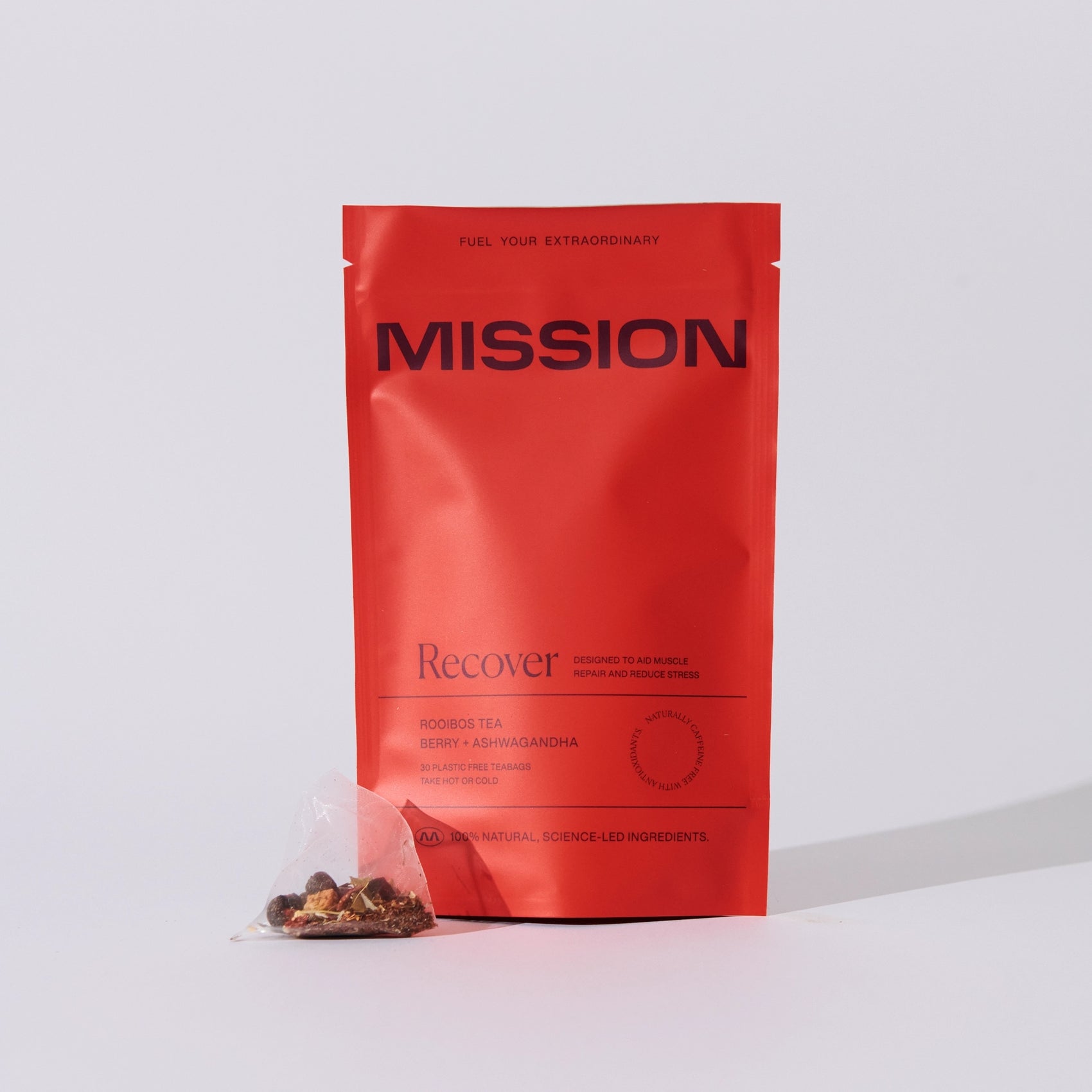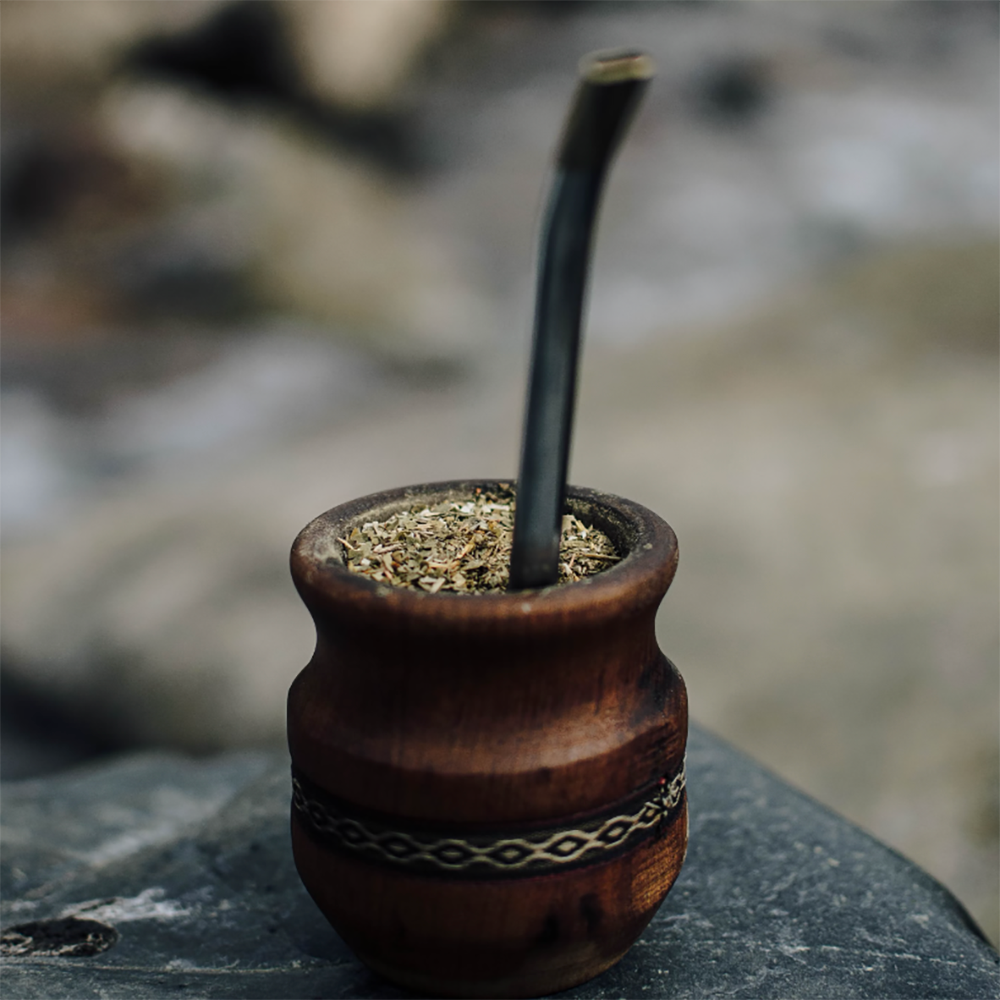A Beginner's Brewing Guide to Yerba Mate
Yerba mate is growing in popularity around the world and for good reason! It is packed full of benefits, especially slow and sustainable energy release, which is why we love it. In saying this, many still don’t know that the act of brewing yerba mate is part of the enjoyment of drinking it and unfortunately it is not as easy as throwing a teabag in a mug.
How to Brew Your First Cup
The original and more traditional method of brewing yerba mate is in its loose leaf form.
- Fill a cup about ⅓ full of loose yerba mate leaf.
- Next, tilt the cup until all the yerba is leaning against one side of the cup and fill the vacant space with cold water. The yerba will begin to soak up the water.
- Once the cool water has been absorbed, fill the cup with hot water, but not too hot, around 70-80 degrees celsius. If you don’t want to use a thermometer, stop the kettle boiling before it bubbles or open the kettle for 5 minutes after it has stopped boiling, to allow the water to cool.
- At this point, its time to enjoy!
Yerba mate is designed to be brewed and enjoyed socially, so take a sip, fill with some more water and pass it around.

Gourds, Bombillas, and More
Now for the technical terms.
To the keen yerba mate drinker, the vessel in which you drink it out of is very important and can greatly affect the taste. Traditionally, the ‘cup’ is known as the ‘mate’. The most popular cup is made from a gourd which is a fruit of the calabash plant. In order to drink out of it, the fruit is dried out and used as a water carrier in many parts of the world.
Mates can also be made from wood and is said to add a nice flavour to the drink. Lastly and potentially the easiest material to drink out of it glass or ceramics. Some people find that the natural acidity contained in the gourd mixed together with yerba mate produces extra acidity, and as such glass and other ceramics have become increasingly popular within the yerba drinking community.
A bombilla is a straw used to drink yerba mate. Without it, you will be drinking mouthfuls of tea leaves. The most common material is stainless steel.
Tips for Brewing the Perfect Infusion
Although yerba mate is most commonly drunk hot, it can also be consumed cold.
To do this, replace the hot water with cold water. This method of preparation is called ‘Terere’ and is common in Paraguay.
If you are without a Gourd and Bombilla, this form of yerba mate can also be brewed in a french press. Just put the mate where you would usually put the ground coffee and use it as normal. This is a much easier way to enjoy loose leaf yerba mate.
Or if yerba mate just isn’t for you, replace the tea leaves with desiccated coconut, and water with milk to create a delicious warming drink, perfect for sweet lovers and kids.
Common Mistakes and How to Avoid Them
The brewing of yerba mate can be a slightly more methodical procedure than a normal cup of tea which also means there are more ways to go wrong:
1. Using water that is too hot
Using boiling water that is actually at boiling temperature can scorch the leaves and leave them with a bitter taste.
2. The tradition of drinking your yerba brew as soon as it is ready is not a coincidence, the longer you leave it to brew, the more bitter it becomes.
3. Lastly, moving your bombilla around within the gourd can lead to all the yerba leaves being soaked which in turn adds to the bitterness.
Yerba mate is packed full of benefits from increasing energy levels and alertness, boosting the immune system and aiding athletic performance; however, brewing yerba mate the traditional way can take some time. That is why we have included yerba mate in our plastic free tea bags, to make reaping the benefits of yerba mate easy for everyday use.

Explore Missions Yerba Mate Range
We love yerba mate here at Mission so you can find it in 3 of our delicious blends: Perform, Focus and our newest addition, Rise.
Perform is our yerba mate blend with spearmint and lemongrass designed to enhance both mental and physical performance.
Our Focus blend contains less caffeine and is designed to improve mental clarity and productivity without the caffeine crash. It is blended with peppermint and chilli.
Lastly, and definitely not least, is our newest blend Rise. Rise is our English breakfast alternative made with premium Indian Assam black tea and packed with nootropics to support alertness and blood flow to the brain. Find all our blends here!





